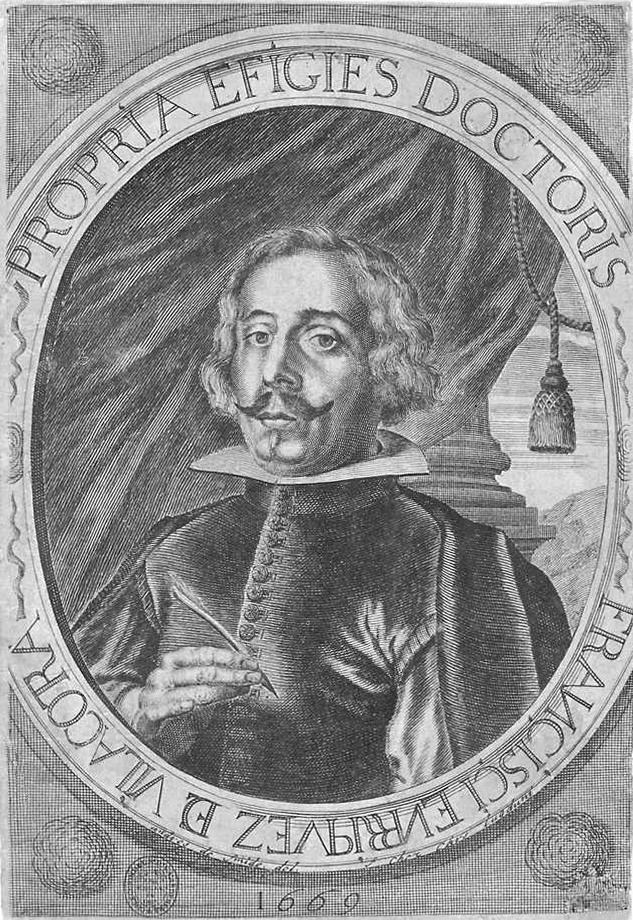 | ||
Name and history
Spelling variations of this family surname include Villacreses, Villacrecis, and Villacrusis. It was first found in Andalusia, in Southern Spain, the chief city being Seville and ancient pre-Roman Iberian town. Some of the first settlers of this family name were: Andres de Villacorta, who arrived in Americas in 1812, and Diego de Villacorta, who landed in America in 1814.
This Spanish surname Villacorta is such a name literally meaning one who came from a villa which was a Spanish habitation name from any of the numerous places so called, which acquired their name from the Spanish villa or (settlement). Corta was a nickname which was derived from etiquette from the Old French word curteis meaning courteous, in feudal society one of courtly manners, a well-educated man. Surnames as we know them today were first assumed in Europe from the 11th to the 15th Century. The employment in the use of a second name was a custom that was first introduced from the Normans. They themselves had not long before adopted them. It became, in course of time, a mark of gentler blood, and it was deemed a disgrace for gentlemen to have but one single name, as the meaner sort had. At first the coat of arms was a practical matter which served a function on the battlefield and in tournaments. With his helmet or armet covering his face, and plate armour encasing the knight from head to foot, the only means of identification for his followers, was the insignia painted on his shield and embroidered on his surcoat, the flowing and draped garment worn over the armour.
Over the centuries, most people in Europe have accepted their surname as a fact of life, as irrevocable as an act of God. However much the individual may have liked or disliked the surname, they were stuck with it, and people rarely changed them by personal choice. A more common form of variation was in fact involuntary, when an official change was made, in other words, a clerical error. Among the humbler classes of European society, and especially among illiterate people, individuals were willing to accept the mistakes of officials, clerks and priests as officially bestowing a new version of their surname, just as they had meekly accepted the surname they had been born with. In North America, the linguistic problems confronting immigration officials at Ellis Island in the 19th century were legendary as a prolific source of Anglicization.
A family member worth mentioning and that of early found records is that of Francisco Enríquez de Villacorta, (1616) Son of Don Diego de Villacorta and Lady Isabel Enríquez. He studied medicine at the University of Alcala founded in 1499, and located in Alcalá de Henares northeast of Madrid in Spain, and received a PhD in 1641. As holder of the chair of Prima, he was later the main figure of the University health during the third quarter of the seventeenth century. He married on March 29, 1655 to Hipólita Hidalgo de Quintanilla, with whom he had three children. From 1664 and then on he was a doctor in Camera Real. There is also the wife of Cristobal Ponce de Leon, Beatriz Sarmiento de Villacorta (estimated before-1594) in Olmedo, Valladolid, Spain, mother of Baltasar Ponce de Leon Sarmiento born in (c-1514) in Ocana y Olmedo, Seville, Spain.
The Villacorta family, last name from Aragon, repeatedly proved their nobility in the Royal Chancery of Valladolid. Their family coat of arms or crest is described as the color blue or azure, and nine car wheels of gold, per Spanish noble or Nobiliario Español, Don Julio de Atienza, Pág. 760, Madrid, 1959.
